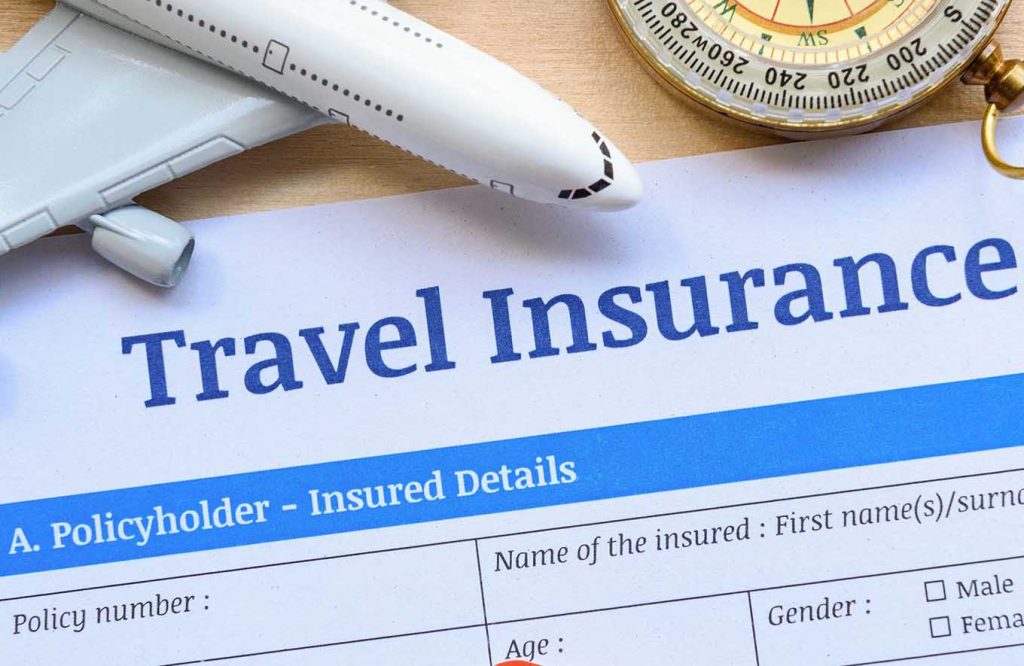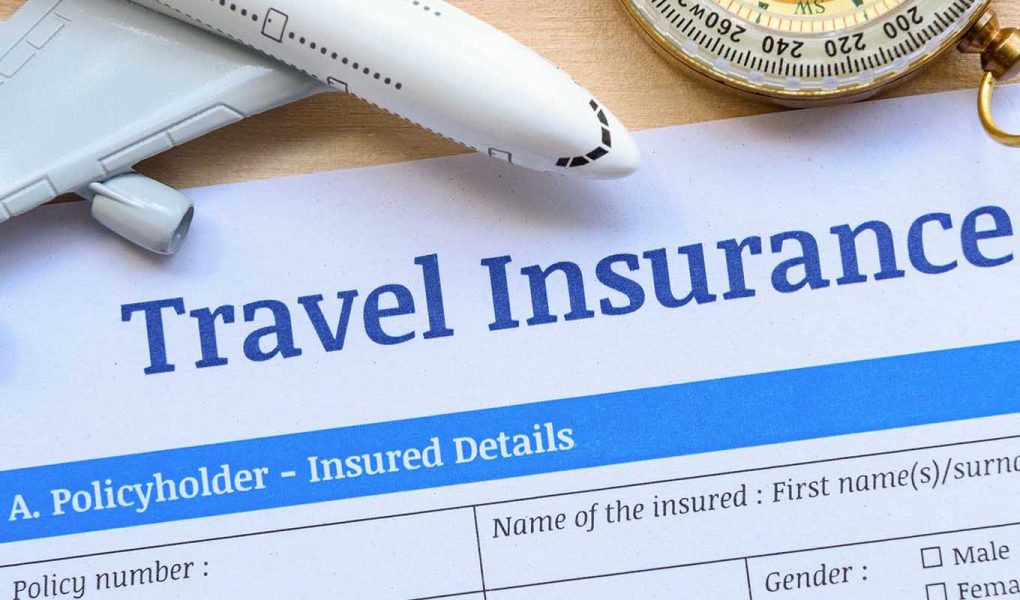Traveling with children is never an easy task. Especially when traveling to a country as vast and changeable as Canada, it is inevitable to encounter emergencies during the trip. Whether it is flight delays, lost luggage, or sudden problems such as children getting sick and seeking medical treatment, without a comprehensive parent-child travel insurance, the travel experience will often become tense or even anxious.
Ⅰ. Why must you consider parent-child insurance when traveling to Edmonton?
Edmonton is the capital of Alberta, Canada. It is famous for its natural scenery, vast grasslands, and rich parent-child attractions (such as West Edmonton Mall, Edward Park Zoo, Science Center, etc.). It is an ideal destination for family tourists. However, due to the long distance, complex climate, and the uncertainty of traveling with children, a comprehensive parent-child travel insurance becomes necessary.
The following are several common types of travel risks:
Sudden illness and medical needs: Children are more likely to catch cold, get infected or have sudden acute diseases, and the cost of medical treatment overseas is expensive.
Lost or damaged luggage: Children’s supplies are complicated, such as strollers, bottles, and medicines. If the luggage is delayed or lost, it will directly affect the journey.
Flight changes or cancellations: Families with children are more dependent on flight arrangements, and delays or cancellations may cause greater trouble.
Accidents during travel: Slips, collisions, minor sprains, and cycling injuries are particularly common during parent-child travel.

Ⅱ. Types and basic protection items of parent-child travel insurance
Different insurance companies have different definitions and designs for “parent-child travel insurance”, but the overall protection content can be roughly divided into the following categories:
1. Medical protection
This is the most core insurance part, covering the outpatient and hospitalization expenses of children and parents due to accidents or sudden illnesses during the trip.
Emergency/general outpatient expenses
Doctor-prescribed drug expenses
Hospitalization (including examination and nursing)
Medical transfer (such as from remote areas to large hospitals)
For infants and children with low immunity, this part is particularly important.
2. Itinerary changes
Provide financial compensation when flight or other transportation arrangements change, reducing extra expenses such as temporary accommodation, meals or itinerary changes.
Flight delay and cancellation compensation
Transfer missed flight protection
Travel interruption compensation (for example, a relative’s sudden accident requires the trip to be interrupted)
3. Baggage and personal belongings protection
Covering compensation for lost, delayed, stolen or damaged luggage during travel, especially for families traveling with babies, delays or losses of milk powder, diapers and other supplies may affect the journey.
Baggage delay or loss
Document replacement fees (such as passports)
Compensation for lost children’s necessities (such as children’s medicines, auxiliary tools)
4. Personal accident protection
If an accident occurs during the travel, causing serious injury or disability, you can get a certain amount of compensation.
Transportation accidents (such as flying, renting a car, or taking a cruise)
Accidental injuries during daily activities (such as falling while cycling or walking)
5. 24-hour global emergency assistance service
Many insurance companies provide 24-hour emergency assistance services, such as providing translation, assisting in contacting hospitals, and handling international hospitalization advance payments.
Ⅲ. Risk points that are easily overlooked in Edmonton parent-child trips
1. Climate change and children’s colds

Edmonton is located in the central and western parts of Canada. Winter is often accompanied by extreme low temperatures and strong winds. Even in summer, the temperature difference between morning and evening can easily exceed 15 degrees Celsius. Such a climate requires adaptation for adults, and it is even more challenging for children whose bodies have not yet fully developed. If you are not careful, children may have symptoms such as colds, coughs, and fevers.
What’s more troublesome is that the cost of medical treatment abroad is high, and language communication may also cause medical delays. Therefore, travel insurance with outpatient and hospitalization coverage is an indispensable line of defense for family travel.
2. Transportation and outdoor safety
Edmonton is vast, and self-driving is the most convenient way to travel. However, when driving by family, whether to use a compliant child safety seat, whether to adapt to Canada’s left-hand steering wheel, and whether to master local traffic rules are all issues that must be considered.
Although the local rich outdoor activities such as snow sliding and mountain hiking are full of fun, they are also accompanied by potential risks such as falls, sprains, and falls. Whether children are physically fit to participate in activities also needs to be carefully evaluated.
3. Food allergies or inadaptability
Children are often more sensitive to diet, especially when facing exotic cuisine. Common ingredients such as milk, nuts, and seafood are likely to cause allergic reactions. Coupled with changes in dietary structure such as condiments and oils, children are also prone to diarrhea or indigestion.
If the emergency is not handled in time, it will affect the itinerary at the least, and emergency medical treatment will be required at the most. Therefore, it is particularly important to have insurance with “sudden illness and medical support” services when traveling with children.
4. Loss of toys and personal belongings
Many children have a strong dependence on comfort toys, familiar towels or electronic devices. Once lost, they are prone to emotional breakdown, and even affect sleep and daily behavior. Some children also need to carry specific medicines or nutritional supplements with them, which is a hidden danger if they are lost on the way.
The “luggage delay or loss” protection in travel insurance can provide certain compensation or subsidies when items are lost, helping families to return to normal rhythm as soon as possible.
IV. How to choose a suitable insurance product for parent-child travel?
Choosing a suitable parent-child travel insurance is not about the higher the price, the better, but whether it covers the content that you really care about. The following are several key criteria for choosing insurance:
1. Whether the protection includes all family members
Ideal family travel insurance should include:
Two or more adults (parents or guardians)
At least one child, usually aged 0-18 years old
Some insurance companies will provide a “children travel free” policy, which is very suitable for family users.

2. Whether it covers all travel purposes and scenarios
Including but not limited to the following:
Transportation vehicles that coexist with self-driving and public transportation
Activity scenarios such as shopping, sightseeing, outdoor sports
Short-term sudden medical treatment, outpatient and emergency and overseas hospitalization
It should be noted whether the insurance product clearly supports parent-child scenarios such as “self-driving tours” and “outdoor entertainment”.
3. Are there any special items for children?
High-quality parent-child insurance usually adds the following features:
Compensation for additional accompanying expenses (such as accommodation for accompanying parents when the child is hospitalized)
Medical advance payment service for minors
Baby supplies and luggage protection (such as strollers, bottles, electric breast pumps, etc.)
4. Whether it covers multiple claims
During the trip, if there are delays in two consecutive flight segments or multiple visits to the doctor, whether the insurance allows multiple claims is particularly important for traveling with children.
V. Common claims traps and avoidance suggestions
Even if you have purchased insurance, not paying attention to details may lead to claims failure. The following are common problems and solutions:
1. Failure to read the disease exemption clause
Some insurance does not cover previous medical history, such as chronic diseases of children such as asthma and epilepsy. Before departure, you should declare in advance and understand whether it is within the scope of exemption.
2. Failure to retain medical or expenditure vouchers
Medical reports, invoices, diagnosis certificates, etc. are usually required during the claims process. It is recommended to prepare copies with you and take photos for evidence if necessary.
3. Children’s age exceeds the limit
Some insurance products set a range for children’s age, such as 0-17 years old or 0-18 years old. If the age exceeds the limit, it may be regarded as an adult or no claim will be made. You should check it accurately when purchasing insurance.
4. Failure to notify the emergency support center in advance
Some insurance companies stipulate that medical support must notify their emergency center in advance, otherwise the claim amount may be limited. Be sure to understand the contact process and phone number before departure.
Parent-child travel is not only a good way to accompany children’s growth, but also a test for the whole family’s body and mind. Although going to a city like Edmonton with rich natural resources and many cultural activities is full of expectations, you cannot ignore the accidents and challenges that may be encountered during the journey.
Choosing a suitable parent-child travel insurance can not only avoid financial losses, but also give parents the greatest support and psychological comfort in emergencies. Only by scientifically comparing products, clarifying your own needs, and doing homework in advance can you truly “travel with your children with peace of mind”.
Hope that every family who embarks on a journey can harvest peace and beauty under the blue sky of Edmonton.



